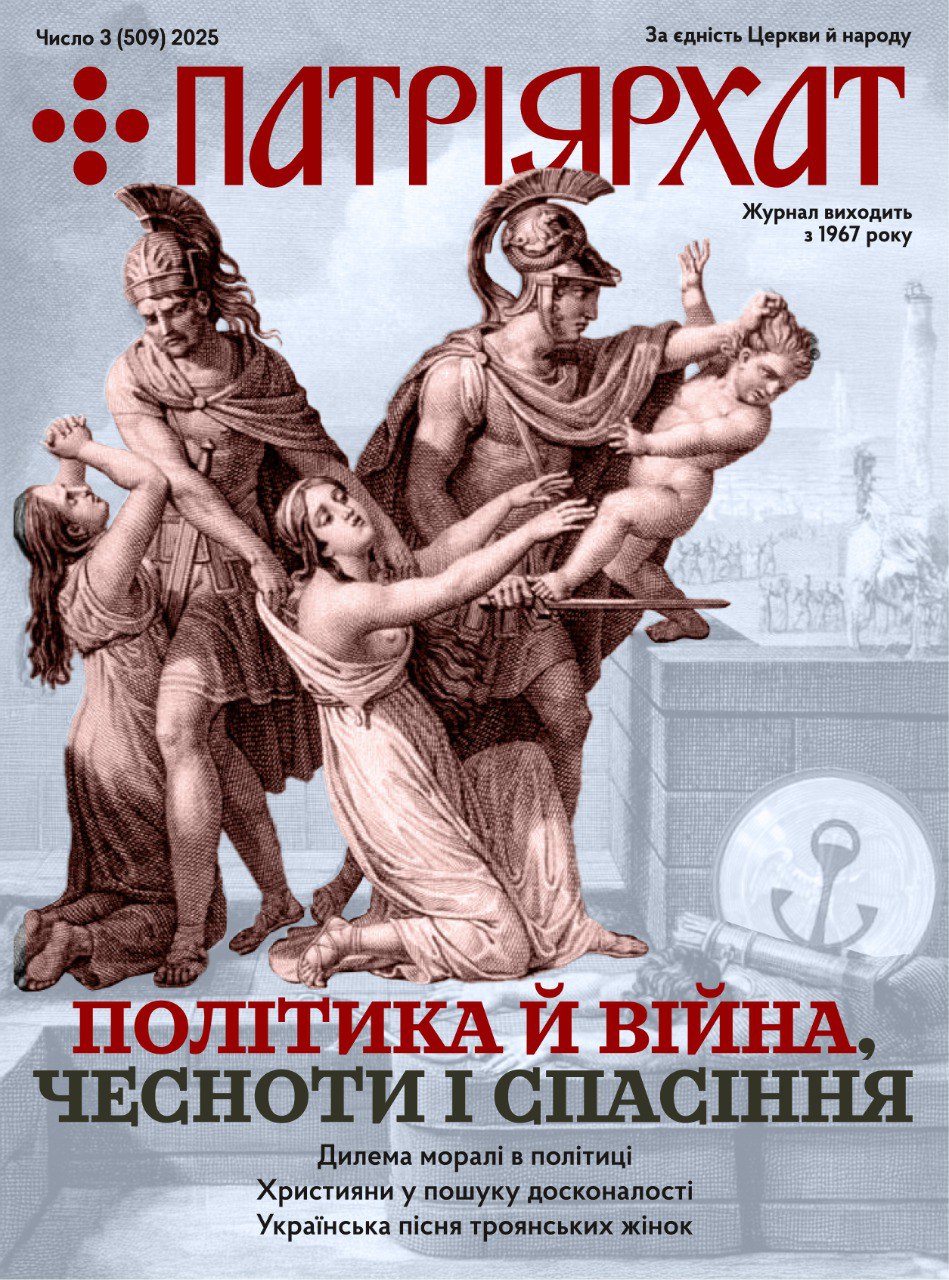In 1946, Stalin abolished the Ukrainian Catholic Church, killing, imprisoning or exiling all the clergy who refused to convert to Russian Orthodoxy. Since then, an estimated 5 million Catholics in the Ukraine have managed to survive by meeting clandestinely in modern catacombs, while another million believers outside the Soviet Union have been progressively stripped of their autonomy by the policies of recent popes. Last week, for the first time in 50 years, members of the Ukrainian Catholic hierarchy (minus six underground bishops in the U.S.S.R.) assembled in Rome for a secret synod with Pope John Paul II. Officially, they had come to elect a successor to their longtime spiritual leader, Cardinal Josyf Slipyj, 88. Unofficially, however, the synod marked a major triumph of the Roman Curia in its long battle to bend the feisty Ukrainians—the largest group of Eastern Rite Catholics—to the will of Rome.
In a church where the Western, or Latin, Rite is the dominant tradition, the Ukrainians, like other Eastern Rite Catholics (such as the Armenians and Melchites), are regarded by Rome as second-class citizens. Although they are aligned with Rome, Eastern Rite Catholics use icons rather than statues, sing Eastern rather than Western liturgies, ordain married men as priests and have their own traditions of synodal self-government under the leadership of a primate. But ever since the Ukrainians lost their traditional base in the Soviet Union, the Vatican has gradually forced the exiles to give up most of their Eastern prerogatives. Specifically, the Roman Curia has refused to sanction eight previous Ukrainian synods convened by Slipyj in Rome, where the venerable cardinal is treated like a virtual prisoner of the Vatican. And the Curia flatly rejects Slipyj`s claim to the title of Patriarch of the Ukrainian Catholic Church through out the world.
Vatican diplomats contend that an autonomous Ukrainian Catholic Church would stand in the way of their foreign policy in Eastern Europe, and frustrate the Polish Pope’s goal of internal church unity, They argue that the creation of a Ukrainian Catholic patriarchate would seriously jeopardize Rome’s policy of detente with Moscow, which regards the underground church as the chief source and symbol of Ukrainian nationalism. But many exiled Ukrainian nationalists believe that the Vatican is cynically abandoning their beleaguered native church in the vain hope that Moscow will eventually give Rome greater control over the Latin Rite Catholics in Lithuania and other countries under Soviet domination.
‘Brothers’: With the advent of a staunchly anti-Communist Pope, many Ukrainians were expecting a reversal of policy. But once again John Paul II confounded expectations. Shortly before the start of last week’s synod, a Vatican delegation assured Russian Orthodox churchmen that the Pope would do nothing to advance the Ukrainians’ cause. That assurance was later confirmed by the Pontiff himself when he instructed the assembled bishops—in fluent Ukrainian—not to antagonize the Russian Orthodox believers but to accept them as «brothers in the common faith of Christ.»
In a separate, emotional plea to his fellow bishops, Slipyj made one last pitch for a strong successor who would provide «the unifying element for all our faithful, in the Ukraine and among the emigrants.» Instead, the Pope chose from among three nominees Metropolitan Myroslav Ivan Lubachivsky, 66, who had been a little-known chaplain to nuns in the U.S. until last year, when the Pope personally appointed him Ukrainian Archbishop of Philadelphia. The Pope’s message to all Ukrainian Catholics was clear. Henceforth, the Vatican will directly control the Ukrainian Church and see to it that no one as powerful and popular as Slipyj emerges as their leader.
KENNETH L. WOODWARD with RITА DALLAS in Rome and ELOISE SALHOLZ in New York

